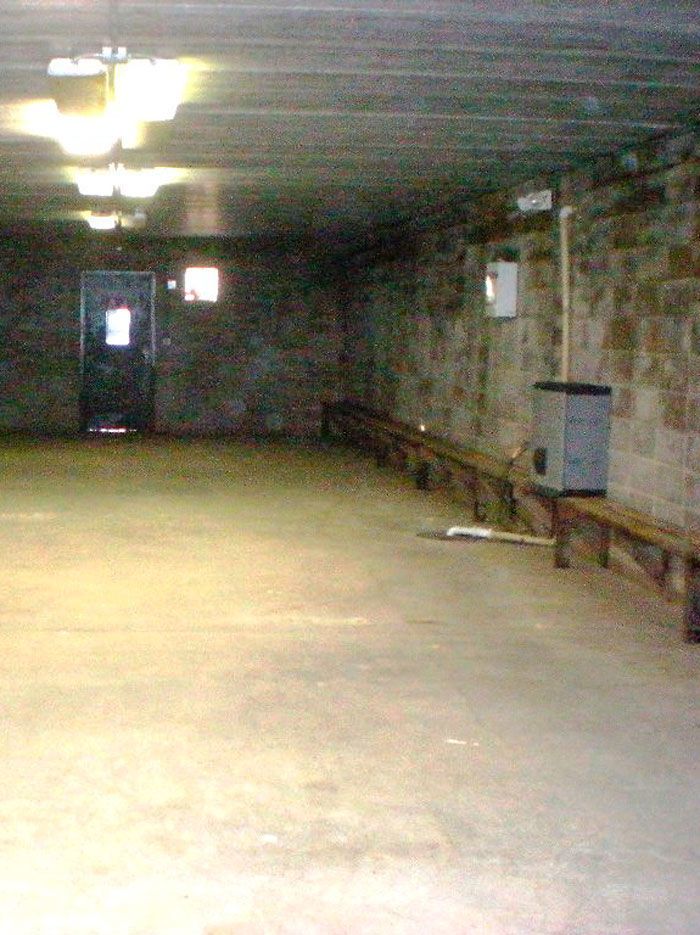
Q:
I’m moving from Colorado to California soon. While living in Colorado, I’ve really enjoyed having a basement with lots of extra space for storage. However, I’ve never seen a California home built on a basement foundation. Is there a reason for this? Could I or should I put my California home on a full basement?
Frank Redeman, Littleton, CO
A:
Thor Matteson, a professional engineer in San Luis Obispo, California, replies: The biggest reason why houses are built on basements in areas such as Colorado and the Northeast is to get the footings for the house below the frost line, which can be 3 ft. or 4 ft. down. The logic is that if you’re digging that deep, why not put in a floor and use the space?
With no danger of frost in much of California, foundation footings don’t have to be nearly that deep. As for getting extra storage space, it’s generally cheaper to build at ground level, unless real-estate prices are extremely high where you want to build.
Many houses in California are built into hillsides and have the opportunity for at least a half-basement. Even if a house has a basement like this, there often are no stairs connecting this space to the main part of the house. Stairs are expensive and take up space, and most California housing has been built to maximize profit.
You can, of course, include a basement in your floor plans. But if you have a flat site, I’ll bet that nine out of ten contractors will try to talk you out of it. Most of them do not want the worry of waterproofing a basement.
One basement issue you would have to deal with in most parts of California is insulation. The 2018 International Energy Conservation Code requires R 5/13 of insulation on foundation walls in Climate Zone 3, which covers much of the state. That means R-5 of continuous insulation or R-13 of cavity insulation. It’s another layer of complexity for your planning.
More on basements:
Adding Insulation to Basement Walls — Even in parts of the country with relatively mild climates, foundation insulation will almost always save you money with lower energy bills.
Making the Most of Basement Rooms — Basements can be designed for a variety of uses, from play areas to home offices and in-law apartments.
The No-Mold Finished Basement — Rigid insulation is the key to a comfortable living space that doesn’t get damp and doesn’t get moldy.
Interior vs. Exterior Foundation Drains — Foundation drains can be installed successfully on either the outside or the inside of the house, but before you start there are a few things you should address first.
Fine Homebuilding Recommended Products
Fine Homebuilding receives a commission for items purchased through links on this site, including Amazon Associates and other affiliate advertising programs.

Smart String Line

Anchor Bolt Marker

Graphic Guide to Frame Construction

























